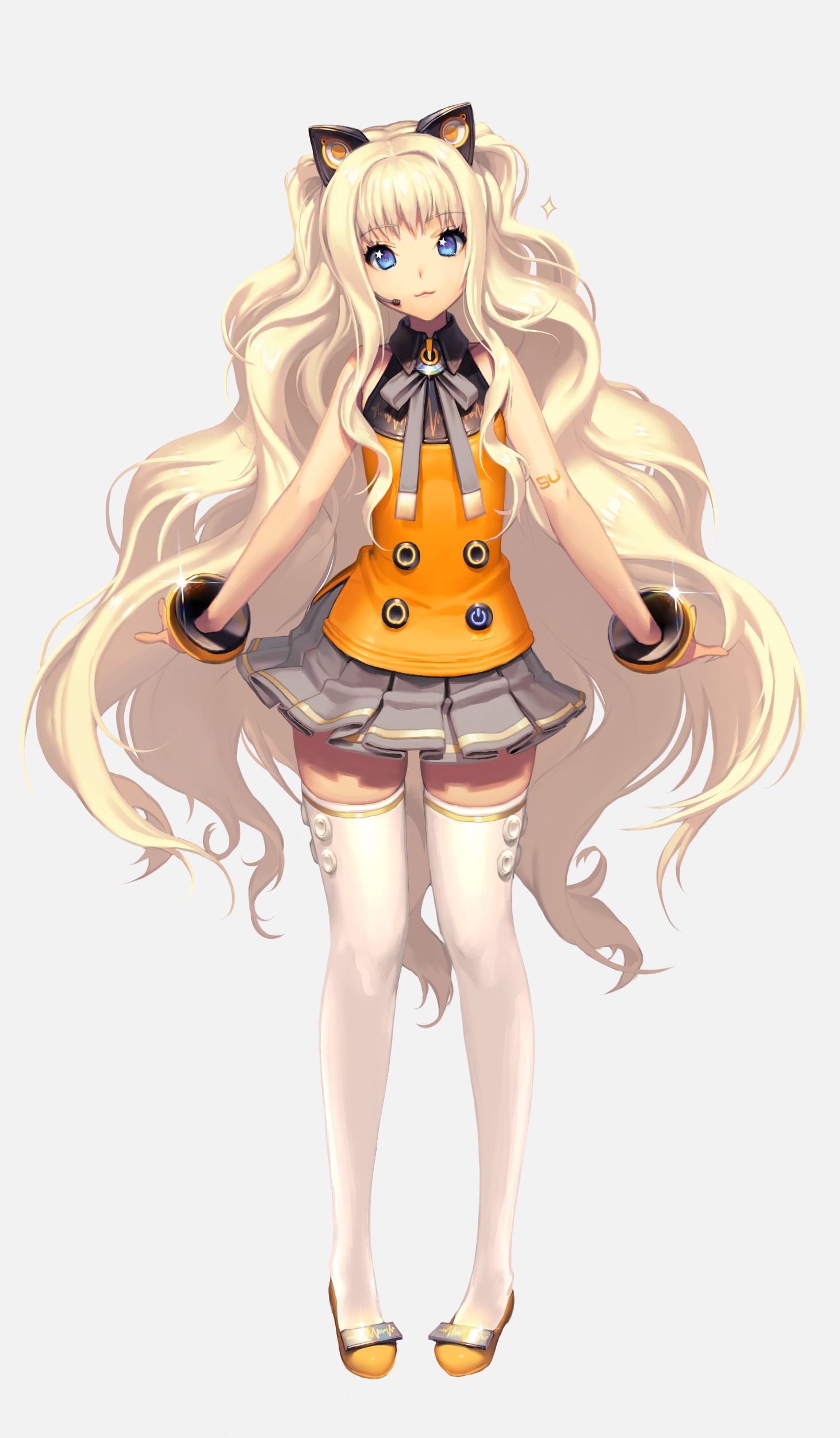

The aforementioned Japanese VOCALOID3 voicebanks have all received a VOCALOID4 update, as well as an additional complementary voicebank for each. GUMI has also received an English voicebank for the VOCALOID3 Engine, Megpoid English. (We will also learn how to use Kasane Teto's English in a later chapt. Some examples are Neko Kanochi and Aiko Kikyuune. Instead, it is just a random list of all the sounds in the English language. By that, I mean that it is CVVC, VCCV, or any other specified type. This one took me a whileIn this tutorial, I will teach you how to use a simple non-connected English voicebank. This version offers richer, more natural and expressive singing voices than ever before.
Yamaha announced VOCALOID 4, the latest version, in November 2014. Voice Bank software is available from Yamaha and other sources within and outside of Japan. VOCALOID is continuing to evolve, and is presently available for creating cyber singing voices in Japanese, English, Spanish, Chinese, and Korean. By installing a Voice Bank, filled with sound bite parts of human voices, and the VOCALOID Editor to input the words, melodies, and singing styles desired, you can instruct the virtual singer of your choice to perform anytime and anywhere. VOCALOID is a technology developed by Yamaha in 2003 to create artificial singing voices just by inputting words and melodies. Since I'm a native English speaker I'm doing most of my learning using her English voicebank (which sounds adorable might. What's also really nice is just how many versions of her voice she comes with.



 0 kommentar(er)
0 kommentar(er)
